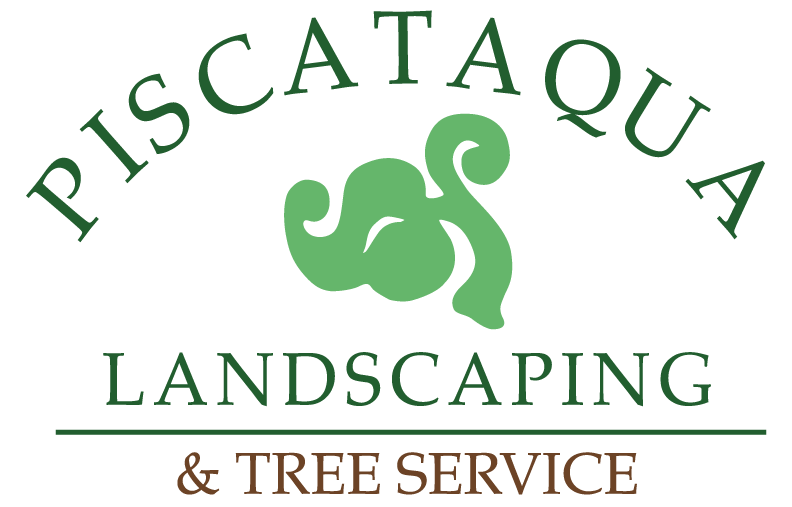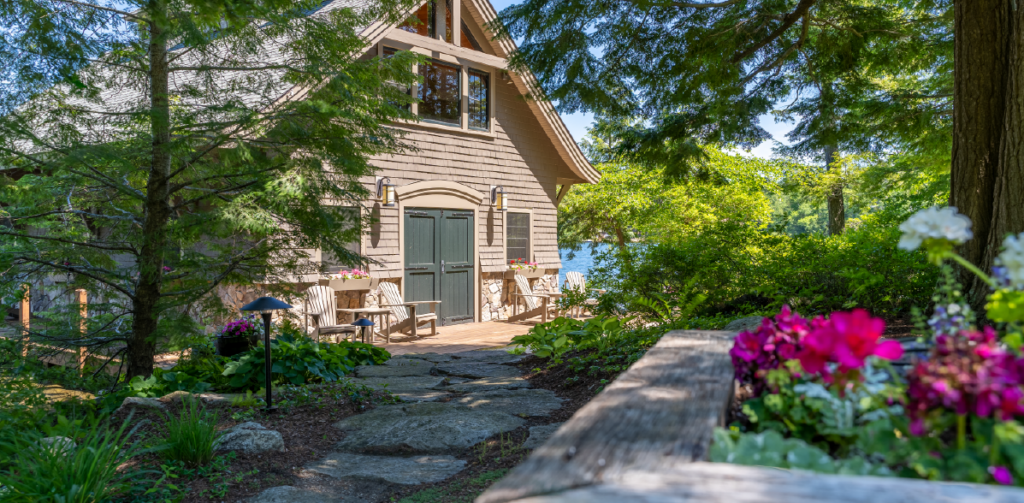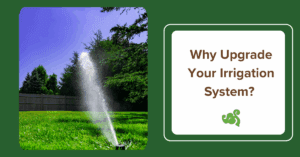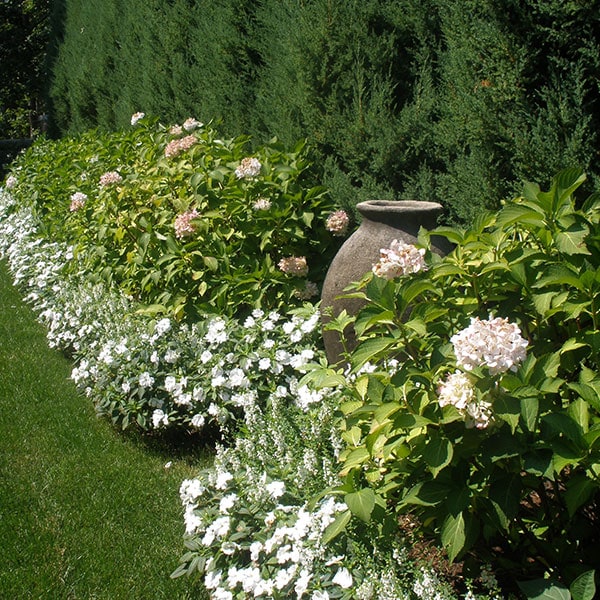By Rob Stephens, Wolfeboro, NH Branch Manager
Living near a lake provides a picturesque and serene environment. Enjoying — and sustaining — this beauty comes with responsibility. Whether you’re right on the water’s edge or nearby, your landscaping choices can significantly impact the health of local water bodies. Here are some essential tips to help you create a beautiful, eco-friendly landscape that protects and enhances your lakeside property.
1. Assess Your Current Landscape
Before starting any landscaping project, it’s crucial to assess how your property currently interacts with the nearby water bodies. Assess your current waterfront landscape near lakes and streams to see how it is currently, or could potentially, affect bodies of water adversely. Also recognize that even if you’re not directly on the lake or another body of water what you do on your property may impact everything downstream.
2. Use Native Plants and Ground Covers
To stabilize shorelines and embankments, consider using low bush blueberry sod or other well-rooting ground covers. Native plants are particularly effective as they are adapted to local conditions, require less maintenance and provide a natural defense against erosion. They also filter runoff, preventing pollutants from reaching the water. By planting these along your shoreline, you can create a beautiful, resilient buffer zone that protects the lake or stream.
3. Understand Local Laws and Regulations
Every state and town has specific laws regarding lot coverage for pervious (water-permeable) and impervious (water-impermeable) areas. Before implementing any landscaping changes, familiarize yourself with these regulations. Ensure that your proposed project complies with guidelines concerning structures, pavements, and other elements that could impact water runoff and soil stability. Staying within legal limits helps protect the environment and prevents costly fines or mandatory rework. If you’re unsure how to start this process, any of our qualified team members can help guide you in the right direction.
4. Use Phosphorus-Free Fertilizers
If you use synthetic fertilizers on your property, it’s essential to choose phosphorus-free options. Excess phosphorus can contribute to algae blooms, which degrade water quality and harm aquatic life. Always follow the recommended application guidelines to minimize the risk of runoff into nearby water bodies. Keeping your fertilizer use in check is a simple yet effective way to maintain a healthy, thriving lakeside environment.
5. Test Your Soil
Doing a soil sample on your property and submitting it to a lab for testing will give you accurate results. You’ll see what nutrients your landscape needs, and this removes the guesswork and eliminates any careless or unnecessary applications.
Thoughtful landscaping around lakes, rivers, and streams is vital to preserve the natural beauty and ecological balance of these precious resources. By assessing your current landscape, utilizing native plants, adhering to local regulations, choosing the right fertilizers, and testing your soil, you can create a stunning and sustainable lakeside property. Your efforts will contribute to the health of the water bodies and the enjoyment of future generations.
We are stewards of this unique landscape and understand how extreme slopes, floodplains, growing patterns, and weather, all impact the lawns, hardscapes, trees, shrubs, plantings, and beaches in the area. We are also a certified LakeSmart Service Provider Partner in the NH Lakes Region. The LakeSmart Lake-Friendly Living Program is specially designed to help property owners like you live and enjoy the outdoors in a way that helps keep our NH Lakes as clean and healthy as possible. As a LakeSmart Service Provider, we are committed to doing our work in a way that supports this mission and protects the environment.If you need professional assistance and personalized landscaping solutions at your lakefront property, give us a call, we’d love to chat.




